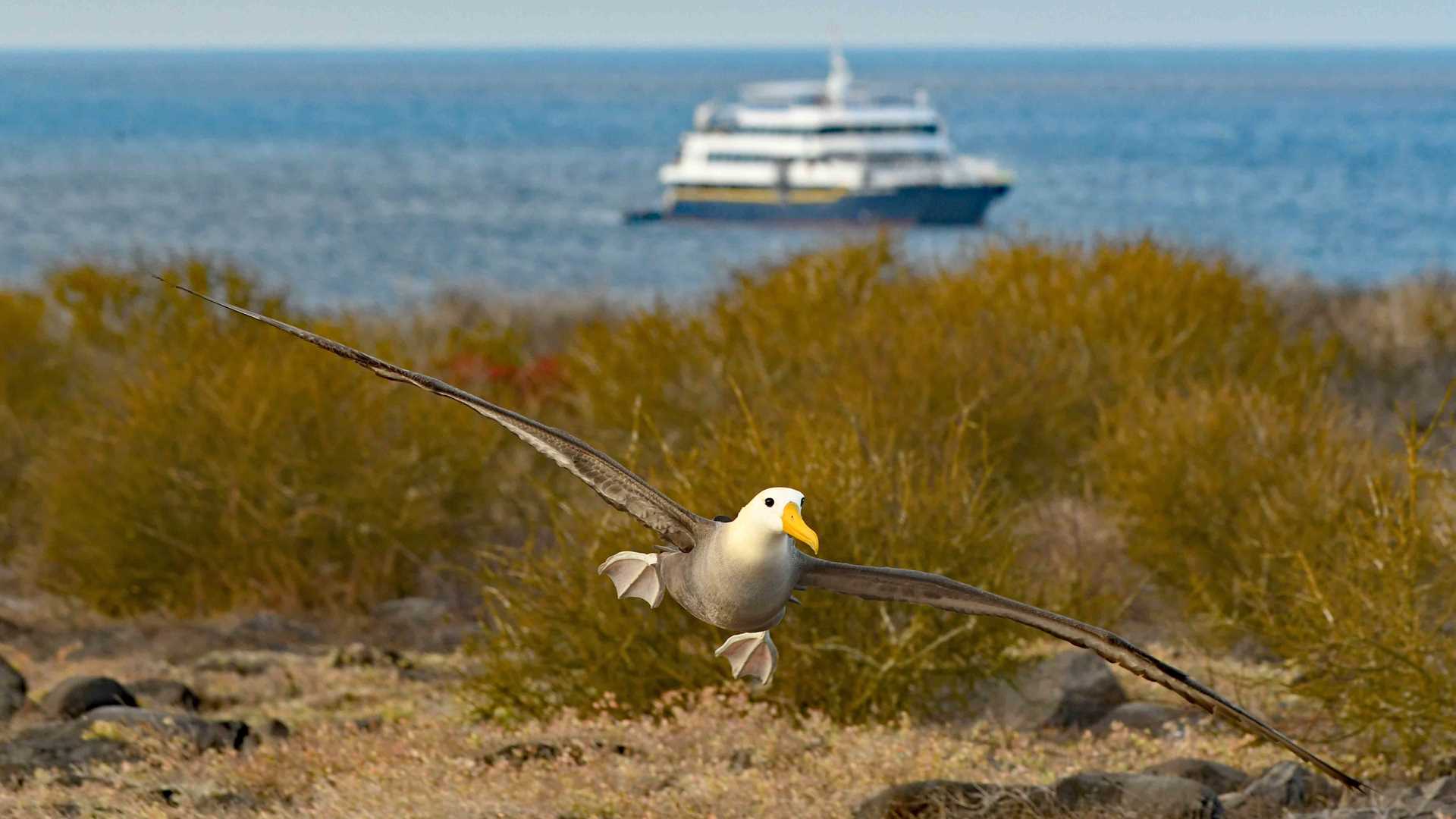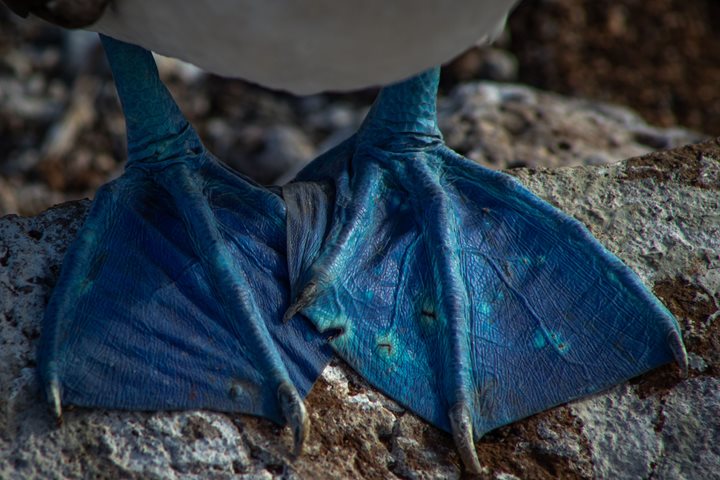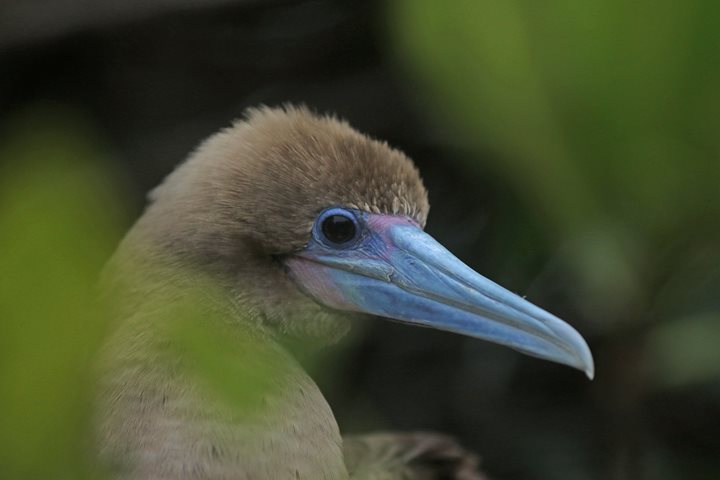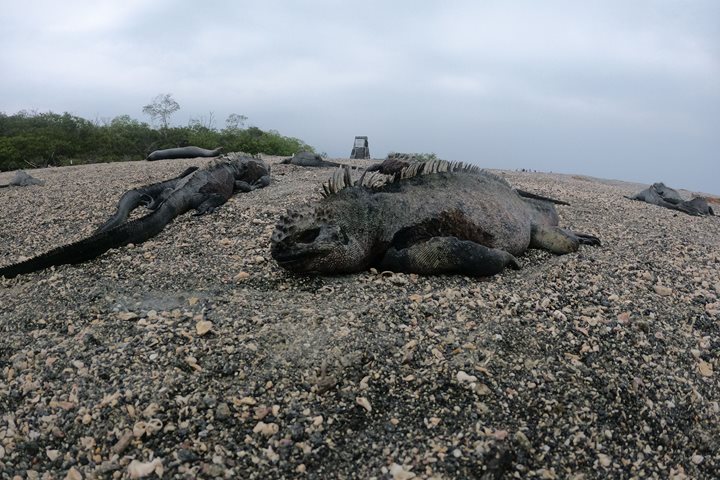Early risers began at 6:30 am to kayak along the shoreline of Gardner Bay. Gardner is a place surrounded by a couple of white sand beaches and a few islets that rest on a turquoise green water seabed full of sea lions and sea birds. The bay has a breathtaking view. After breakfast, we went to snorkel with sea lions in the crystal water, where multicolor fish and benthonic life are abundant. We then walked along the beach to admire the sea lion colony, which was a great experience for our intrepid guests.
In the afternoon, we moved to Punta Suarez, “the jewel of the crown” or “the frosting on the cake” of this exceptional adventure. We enjoyed a walk of about three hours at a very slow pace to admire every single creature we found along our path. Juvenile albatrosses were resting on the rock or flapping their wings in the hope of achieving their first solos. Around January, all of these majestic birds will fly off the cliff to head south, in one of the most incredible bird migrations. These juvenile albatrosses will spend five years exploring the South Seas, and then they will find their way back to Española in order to mate and ensure the survival of their species.
“Our time here has been the most incredible experience and one of the best hikes of my life,” said one of our guests. She was very happy and astonished at the great gifts that Mother Nature offered to us.
On the equator, the sun comes down quickly. Our journey ended with big smiles and happy faces. We experienced a memorable journey in the Galapagos Islands, one of the last paradises on earth, full of wildlife, great moments, and joy for life.
Our Galapagos journey has taken us to the eastern Galapagos Islands today. The ship dropped anchor at Española, one of the oldest islands and one with the highest number of endemic species of animals. The marine iguanas were one of the first inhabitants of Galapagos, they arrived about 3.2 million years ago. Here on Espanola they present unique colors like green and red, so we call them “Christmas iguanas.” The waved albatross is also endemic to this spot, there are about 30,000 of them reproducing every year. We are enjoying the last moments with them, soon they will migrate to Chile and Peru, and they will be absent for three months or so before they come back to mate again. The Española mockingbird is another famous bird found here; hawks, Nazca boobies, blue-footed boobies, sea gulls, finches, and frigates, among others, are all found in this astonishing place.







